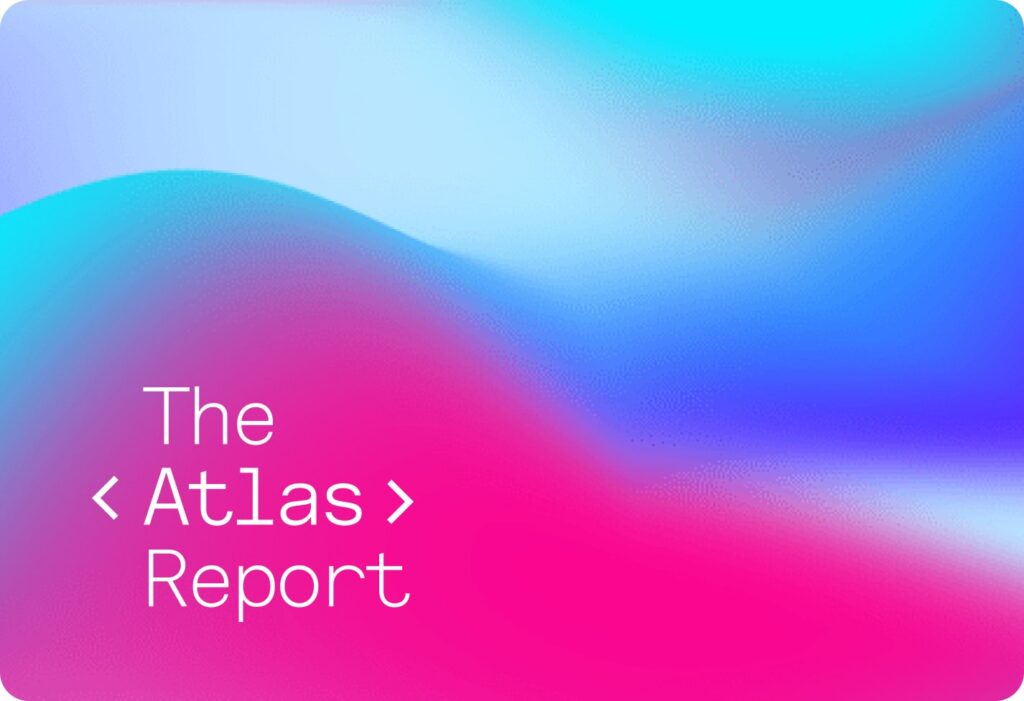Third time’s the charm: Web3 in a nutshell
The internet as we know it began its journey back in 1983 with the addition of the Transfer Control Protocol/Internetwork Protocol. This early version of the internet supported mainly “read-only” pages and it’s now commonly known as Web 1.0. It all changed with the creation of the World Wide Web in the early ‘90s. Tired of searching for information on various computers, Tim Berners-Lee created a large hypertext database of typed links that laid the foundation for the World Wide Web. In the early 2000s, the Internet reached another milestone as it slowly evolved from read-only sites to user-generated content (Web 2.0). With a perceived greater focus on community, this is the Internet we know today and use for social interactions such as:
- Social networking
- Social media
- Blogging
- Commenting
What is Web 3.0 then? Web3 is the third iteration of the evolution of the internet. In order to achieve a greater focus on the community and those who are most affected by the implications of technology, centralized databases are abandoned in favor of decentralized ones. Web3 uses blockchain technology for greater security and introduces a token-based economy to reward users.
What Web3 means from a decentralization perspective
Web3 is being built on a few core principles including decentralization, transparency and higher user sovereignty. Compared to the current version of the Internet, data in Web3 is not stored via the ubiquitous Amazon Web Service, but in storage systems without a central authority, such as IPFS or Arweave. Moreover, the users play a critical role in creating nodes and storing data. Decentralized networks allow users to communicate directly without the need for a centralized coordinator in a completely peer-to-peer, permissionless network.
Something else that sets Web3 apart from its predecessors is its compatibility with AI and the so-called Internet of Things to better understand user needs without leaking private data. That will be made possible with the semantic metadata approach of Web3. Some use cases we’re already seeing for Web3 include:
- Decentralized Finance (DeFi)
- Decentralized Autonomous Organizations (DAOs)
- Blockchain Gaming
- Metaverse
How creator economies breed culture
Creators often hold the status of internet celebrities with their own loyal following that shares their beliefs and interests. According to a report by SignalFire, more than 50 million people are involved in the creative content industry. Not everyone is in it for profit. Many creators do it just for pure fun, while others just want an audience to share their thoughts with. Today’s content creators are highly dependent on third-party platforms. Unless you’re a content creator yourself, you might often forget that there’s a third party between the creator and the community – the platform. It serves as the middleman and it dictates a specific set of rules that the two parties–the user and the creator–must follow. Breaching these “guidelines” can result in demonetization or a ban. The misaligned incentives become very apparent: content creation is encouraged and the community is there, but there is no economy to support such an ecosystem.
Many content creators redirect users to their own website, Patreon or a similar offer. Why? Monetization on popular social platforms is simply not good enough. Web3 remedies this by cutting out the middleman and putting content creators and their fans in direct contact with each other.
The reality that Web3 promises is a completely decentralized network that allows pure peer-to-peer communication and transactions. Content creators will also be able to drive their own community-based economy with a user-centric token system. By eliminating all intermediaries, the Internet of the future gives even more power to content creators. It transforms fans from passive spectators into active content owners.
The culture of NFTs/ crypto
For years, crypto was categorized by only Bitcoin, 6 years later Ethereum launched, and the dominos started to fall as crypto began to build layers and wrinkles in the form of altcoins and NFTs; in these formative moments, the true cultural shift starts to begin. The eras of BTC and ETH marked a technological push the small yet steadily growing early adopters shared messages of financial democracy and inclusivity but the space had yet to find its identity from a cultural perspective marked by the conversion of media and entertainment that was to come.
The time that was categorized by the CryptoPunks, Cryptokitties, and “crypto art” changed the trajectory of the crypto’s cultural relevance as we were no longer a two-dimensional asset class that was solely represented by numbers but rather a decentralized springboard of culture tied into all areas of art and design. From generative and pixel art to photography and mixed media, NFTs became an increasingly popular medium to realize these art forms. NFTs made their way into music and gaming, as pioneers swooned at the idea of disrupting traditional models with the introduction of NFT and crypto technology.
To truly understand the culture of crypto and NFTs we need to understand memes and the memetic power captured by an industry that is so digitally native. Crypto moves at lightspeed when compared to traditional finance. Due to the rate of innovation and lack of regulation, users have the ability to launch projects and tokens at will, meaning saturation is generally high and visibility extremely poor. One of the easiest ways to create narratives, foster community and increase visibility is the use of memes.
Richard Dawkins coined the term “meme” in his 1976 book “The Selfish Gene” where he describes a meme as a behavior or idea that jumps from person to person within a culture and later recounts that “When anybody talks about something going viral on the internet, that is exactly what a meme is and it looks as though the word has been appropriated for a subset of that.” Memes like Pepe, Wojack, and the Doge took root in early online forums and spread like wildfire amongst crypto and NFT communities.
Memes aren’t just part of the story but rather integral pieces of the culture of web3. As described by Rene Girard’s, human desire is a collective desire. When a digital phenomenon goes viral and turns into a meme, it becomes charged with cultural capital. Because of this intrinsic value and its ubiquity in social and cultural interactions, we are more likely to ascribe economic value to it beyond the symbolic value it originally had.
NFTs are changing the landscape of cultural value creation and the budding cultural aspects are core to the technology on which it lies. Blockchain technology paves the way for verifiable ownership of assets which makes it extremely easy to find common ground across social media platforms like Telegram and Discord, where crypto and NFT communities thrive.
To understand much of the culture around NFTs and crypto is to understand “collective speculation” which is the joint belief that something has value or will have value in the future. When people are united around common ownership and a common goal of increasing the price of an asset through relentless shilling and meme creation, bonds are formed and relationships are made. NFTs are known for creating some of the strongest online communities and traditional businesses are taking notice.
The transition of consumer brands to Web3 – The solidification of Web3 as a cultural force
What do Starbucks, Nike, Adidas, RIMOWA, Gucci, Mercedes, and Pepsi all have in common? Other than that they are all world-leading brands, they have all taken a serious fore into the world of Web3. Why might these brands be taking Web3 so seriously? In a perfect world, we can believe that egalitarian principles have drawn massive corporations to embrace the equality that comes from decentralization or we can believe the more likely scenario that these companies see crypto and NFTs as the new frontier of the internet. Businesses and Web2 giants are so quickly adopting web3 principles because of the opportunity and ability to connect with their customers in a way not capable through traditional marketing and customer engagement tactics. Decentralized apps aim to put the power back in the hands of the user and allow them to engage with brands in a more mutually beneficial value-creation process.
Whereas Web3 was once limited to trading Bitcoin, Ethereum, and your selection of Doge-themed coins, the rising popularity of NFTs has helped Web3 grow into a cultural juggernaut. No longer is it niche internet groups trading leveraging DeFi technology but millions of sports fans buying iconic NBA moments on TopShot, up-and-coming artists dropping their music on Royal.io, top-tier celebrities changing their PFPs to cartoon monkeys, and to add the cherry on top multibillion-dollar corporations leveraging NFTs and crypto to revolutionize their loyalty programs and business models and to bring their customer base closer together.
Jamie Burke, CEO of Outlier Ventures puts it best when he says “We’re seeing this convergence of culture, finance and technology. It’s no longer just a technological paradigm shift. It’s no longer just a new financial system. It’s also a new way in which culture is made, consumed and distributed.”




